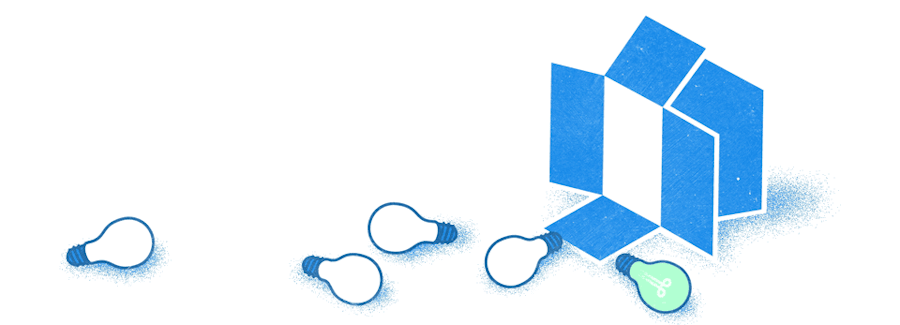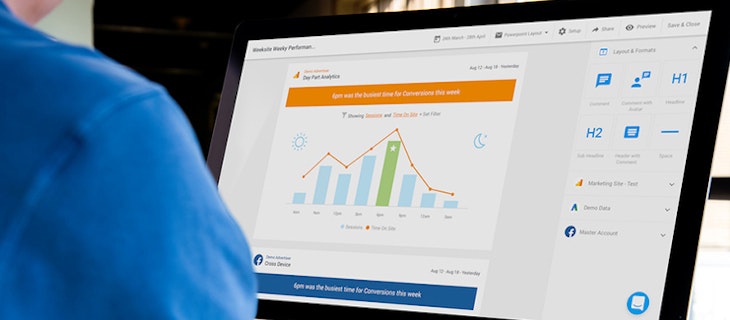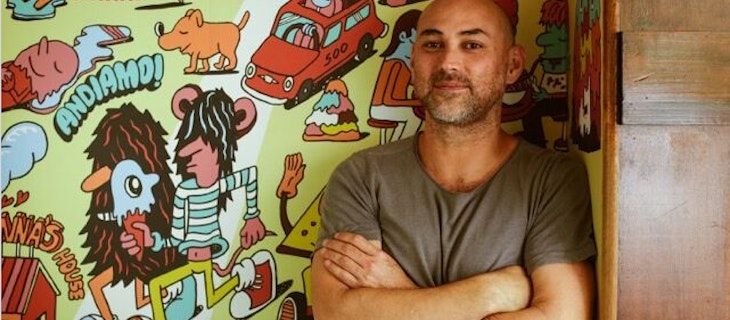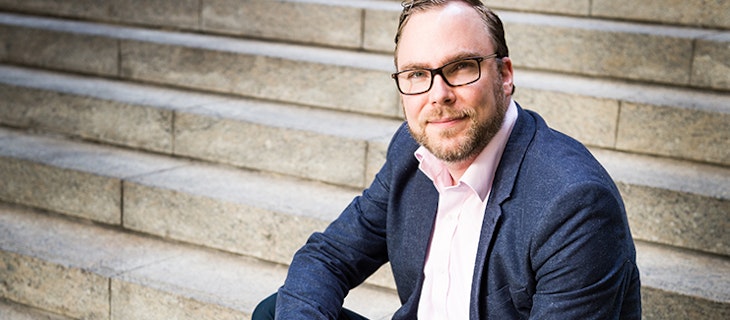
5 ways to transition to an open creative process
Australia has always had an ambitious creative culture, where the appetite for fast, relevant ideas is stronger than ever. Here is how you can create a culture of transparency in our workplace so people feel comfortable sharing ideas and taking risks.
Embrace transparency
For good ideas to prosper, people need to feel free to disagree with each other regardless of job title or team hierarchy. Everyone should feel safe enough to take a creative risk without fear of judgment. Teams can cultivate this kind of environment by making a conscious effort to stay both lively and supportive.
There aren’t universal principles as to what creates a safe space, and culturally every company is different. But feeling free to speak up and make yourself vulnerable is essential for creating transparency in creative collaborations.
Get your process down first
To keep everyone on our team informed and aligned on goals, we kick off every project with a detailed creative brief. On our Brand Studio team, we’ve started playing around with a creative process document that lets us go deeper into the details than a traditional creative brief would. It’s adaptable, but we think it’s a good starting point.
In your Creative Process Doc:
- Include all key information: due dates, stakeholders, Dropbox folder link
- Encourage designers to write about the problem they’re trying to solve
- Incorporate a section for creating a mood board of inspirational work
- Share screenshots of works in progress and ask for feedback
- Provide final links to the finished work
What we love about this approach is watching the entire project unfold in one place. We create this doc in Dropbox Paper. Using a Paper doc as our central hub not only makes our process and work more visible, it allows us to continue the conversation between meetings. Conversations stay within the project doc. It becomes the home for each project, where we clearly state the problem we’re trying to solve, talk about ideas, share our work, and iterate. So everyone can see the decisions made in the comments, and new ideas don’t get lost in separate email chains.

Share information throughout the project
A lot of agencies still love surprising the client with something they’ve never seen before. As an in-house creative team working with external creative teams, that approach gives us nightmares. We don’t want to be sold something. We want a partnership.
More companies are starting to build in-house teams that work closely with external partners. Like our creative partners, our team has a creative director, a writer, and a strategist. And if the process is right, that level of creative firepower can be amazing.
A good example of this is how we work with our agencies. Instead of sending off a creative brief and waiting for them to come back with something that may or may not have been on-point, we’ve embedded them within our team. We do daily stand-up meetings. We go to their office. They come to ours. And anything that could derail the creative gets shared in real time, not weeks later.
Show your process
Best case scenario, you’ll have direct access to team leaders and work with them as partners. But that’s not always the case. So how do you present work to execs whilst still being transparent? Show your process so your team can see where you landed, and how you got there.
How many times have you been in this situation? You’ve worked closely with your agency. You’ve put together a beautiful deck and at the end of the presentation someone says, “Have you thought about trying that in blue?” or “How did that headline end up on the landing page?”
We have those situations, too. But now we go into a meeting with a point of view—a recommendation. That includes bringing our process work to presentations. Just in case. And because Paper brings everything together in one space, it’s easier to show our process.
This not only saves time and frustration, it also creates a better team dynamic and keeps everyone aligned. When everyone’s invited to be part of the process, it shows that you value their feedback. And it makes them feel more invested in the project because they get to contribute to the making, not just the criticism.
It also gives them the opportunity to see that good design is based on a number of considerations, decisions, and compromises. Then those people can communicate your rationale to others on the team. When people see the value and skill in your work, the design profession becomes elevated. And when you bring your colleagues along, you’re gaining their trust for future projects.
Reflect on your work
Transparency in the creative process does a great job revealing the vision for what’s to come. But taking an honest look at completed projects is just as vital. The company data you store in your team’s Dropbox account is more than files. It’s your institutional knowledge. So why not do more than just archive files from your project? Spend time building a retrospective others can learn from.
At the end of a campaign launch, you might not be energised to analyse the project you just got out the door. But retrospectives are easiest when everything is still fresh in your mind, and you have all of the assets stored in one place—your creative process doc.
Here’s a simple, but effective approach to retrospectives:
- Executive summary—the tl;dr for people who want to skim
- What happened—a purely objective statement of facts, as they happened
- What went right—a great way to reinforce good behaviours
- What went wrong—no finger pointing, just a list of things to improve next time
- Lessons for the future—something to share with the entire company
We believe radical transparency helps us improve and learn as a company. And disarming honesty can build trust throughout your team. Reflecting on your work not only helps show what pitfalls to avoid, it extends the corporate memory.


